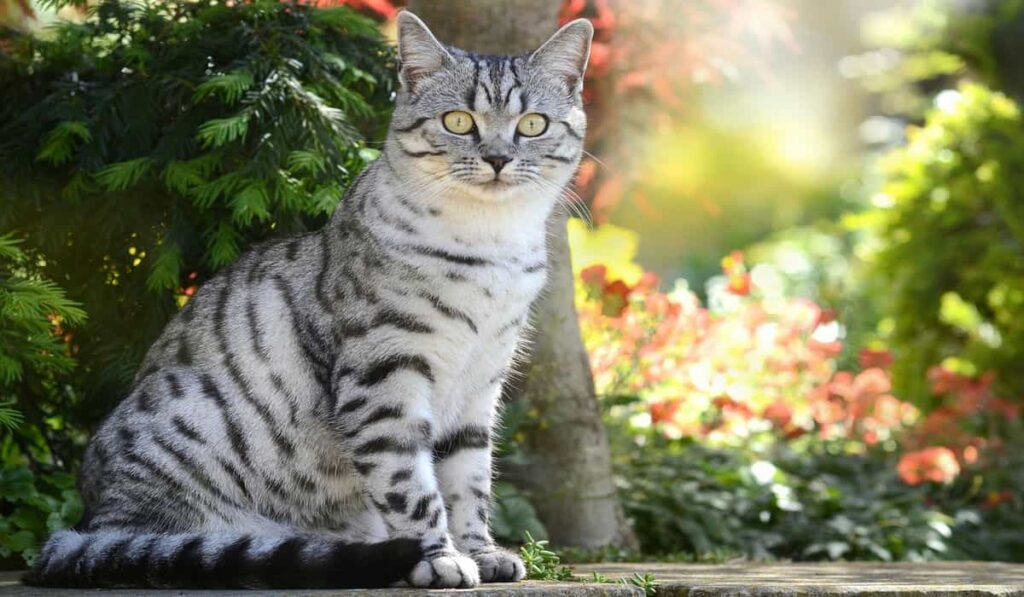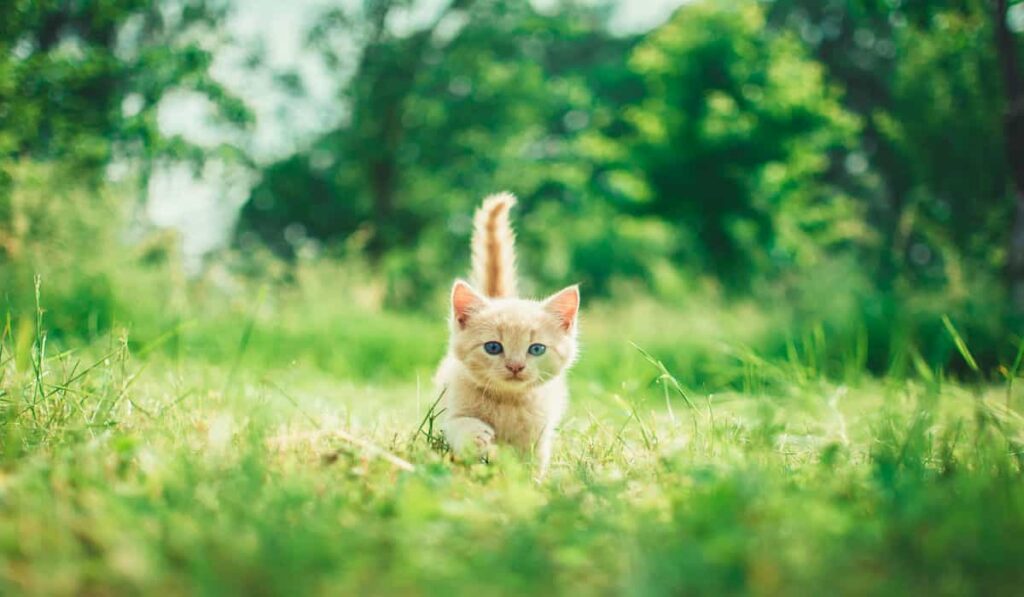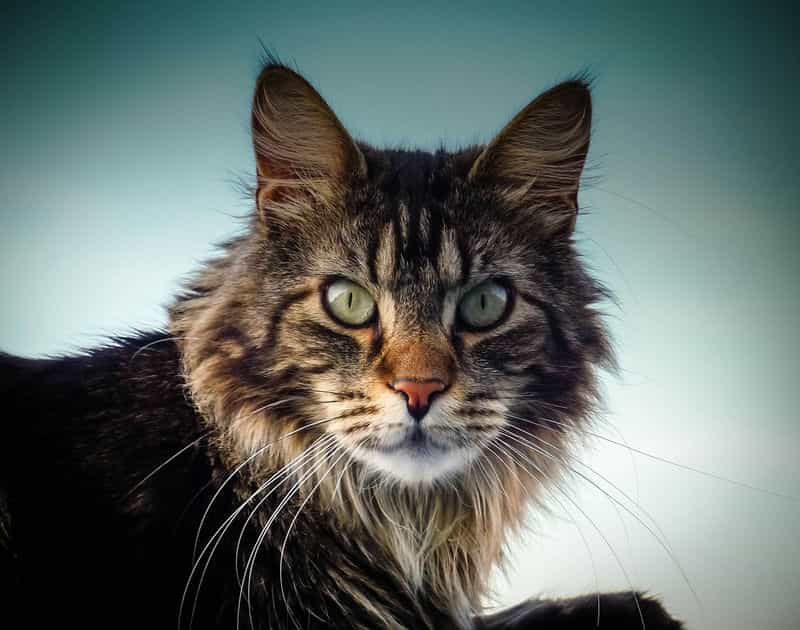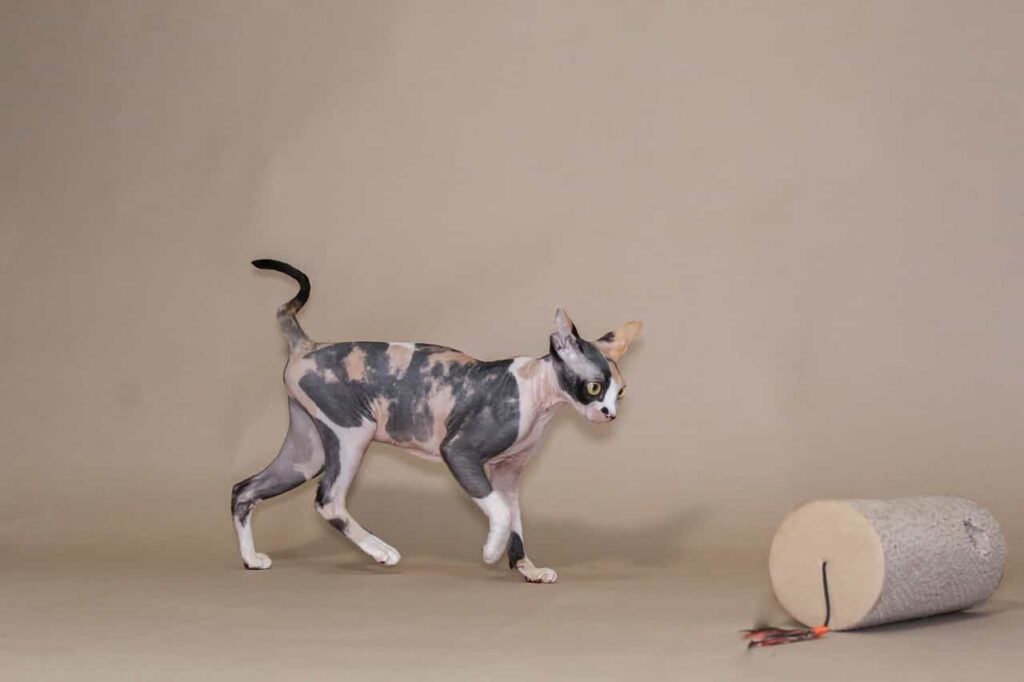Discover the enchanting world of the American Curl cat, a breed as unique as it is captivating. Known for their distinctive curled ears and charming personalities, American Curls are more than just beautiful cats; they embody a delightful blend of playfulness and affection. This guide delves into every aspect of American Curl care, from understanding their “American Curl health issues” to mastering the “American Curl cat feeding guide.”
We’ll explore their intriguing “American Curl cat lifespan,” shed light on effective “American Curl cat socialization” techniques, and provide essential “American Curl cat maintenance” tips. Whether you’re a long-time admirer or considering “American Curl cat adoption,” this comprehensive guide is designed to help you provide the best care for these remarkable felines. Join us on this journey to learn about the “American Curl ear health,” “Grooming American Curl cats,” and much more, ensuring your curly-eared companion thrives in every stage of their life.
Table of contents
American Curl Cat
Their Nickname is Peter Pan cat- a very interesting and popular cat breed. Their uniqueness is not only in their name but also in their unusual ears. The ears are curled from the back side and hooded from the front side. The American Curl Cat breed is one of the most easily recognizable breeds, just like the Scottish Fold cat.
American Curl Cat are not mixed; they result from a genetic mutation in 1981 in Lakewood, California, USA. The breed continues its adulthood all life long. That means They remain in their kitten-like activities till the end of their lives.
Breed specialty of American Curl
Other names/Nickname:
Peter Pan
Personality:
Very friendly, affectionate, active, playful, curious, inquisitive, easy-going, intelligent, and sociable, but don’t like changes ( toddlers, new pets).
Coat patterns:
Any pattern is available, including tabby, tuxedo, tortoiseshell, calico, solid, and bi-color.
Coat color:
Black, White, Red, Grey, Brown, Cream, Silver, Orange, Lilac, Orange, etc.
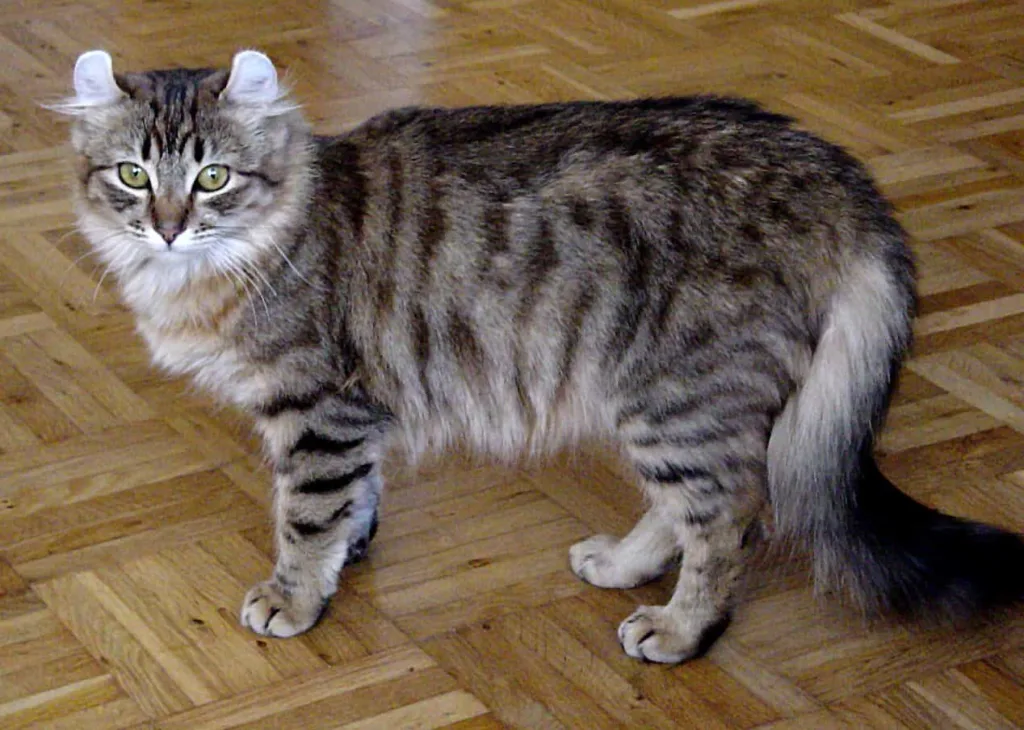

Coat length:
Shorthaired and Longhaired.
Eye colors:
Any possible feline color.
Length:
Up to 12 inches
Weight:
Up to 10 pounds
Grooming and care requirements:
High
Life expectancy:
Up to 18 years if leading a good and healthy life.
Hypoallergenic:
No
The tendency of vocalizing: Low
Origin:
USA
Origin of the American Curl Cat breed
American Curl results from a spontaneous genetic mutation; it’s not crossbred.
Well, let’s get the whole story. There were 2 breeders, Joe and Grace Raga, in Lakewood, California, USA. They found a stray Longhaired Black kitty with unusually curled ears on a hot June day in 1981. They took the kitty with them and gave it a name- Shulamith.
A few months later, Shulamith gave birth to 4 kittens that 2 of them had the same curled ears. Joe and Raga got the love back that they gave to Shulamith. Thus, the breed was born.
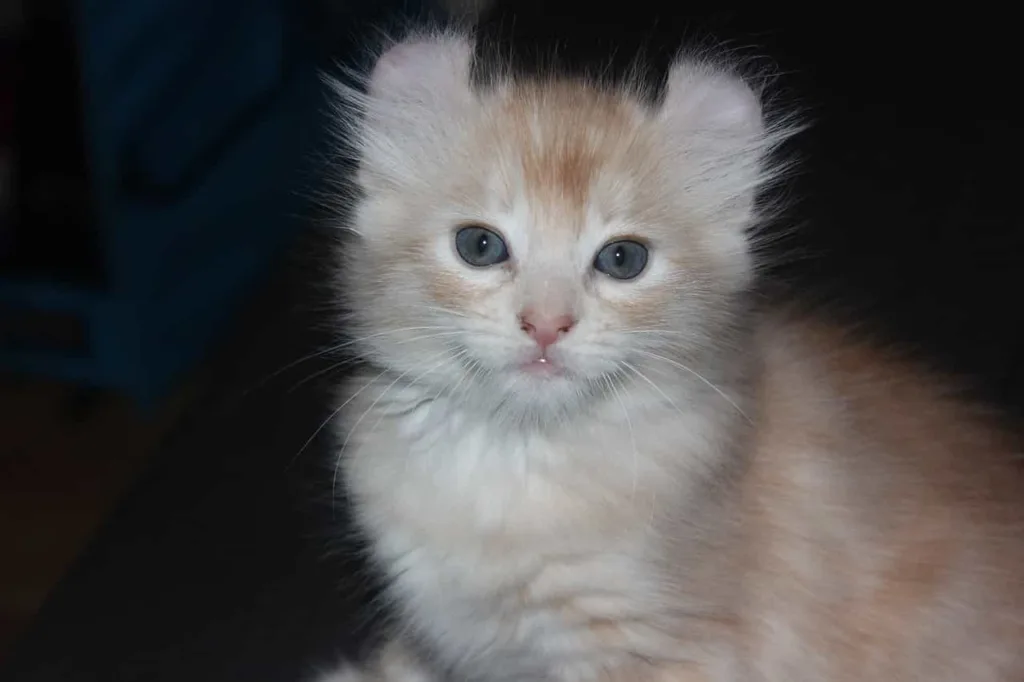

Cat breeders worldwide liked the curled ears of the breed very much and began selective breeding programs to preserve the breed by 1983. Feline Geneticist Roy Robinson determined that the Curley-eared gene was an autosomal dominant gene.
However, International Cat Association recognized the American Curl as a breed in 1987, the first breeding program of the American Curl was held in 1992, and it was recognized by The International Cat Association (TICA) in 1993. American Curl was exhibited for the first time in a cat show in 1986, and the Cat Fancier’s Association (CFA) gave it champion status in 1999.
The appearance of the American Curl cat breed:
Body:
Lean and elegant body with muscles.
Head:
The head is modified wedge-shaped and more prolonged than wide. The forehead is curved towards the head. The nose is moderated in length and situated like a bridge between the 2 eyes.
Ears:
The ears are the most distinctive trait of the breed. The ears are not so big and have a minimum of 90 degrees and a maximum of 180 degrees curled. The wide-based ears have hairs inside the ears and rounded flexible tips. The ears are situated at the top corner of the head.
There is a misconception that American curls’ ears make obstacles in their hearing, but it is wrong. They can hear just like the other pets.
Eyes:
Very sweet, large, and expressive eyes have a walnut shape and can be any color.
Legs:
The legs are medium in length, and the bones are also strong. The paws are oval and small, consisting of five front and four back fingers.
Coats: Both long and short coats and any feline color are available in American Curl cats.
Tail:
Another fascinating trait is their tail. The terrific tail looks like a feather bone. The bottom is very big (half of their body) and beautiful.
Temperament and nature of American Curl cat
The only cat breed that holds their kitten-like behavior all life long- a very active and playful creature. They love to stay at their owner’s side and don’t want to leave them alone. And, they also want to be carried out on the shoulders and follow you across the house.
They can open doors and cabinets, turn switches on and off, and enjoy climbing on and exploring furniture because they are so adventurous. Under whatever conditions or changes in their lives, they never leave their owners’ company. One feature stands out: the breed dislikes changes like new babies and house pets.
So, it’s best to adopt them in their kittenhood and train them to adjust to changes.
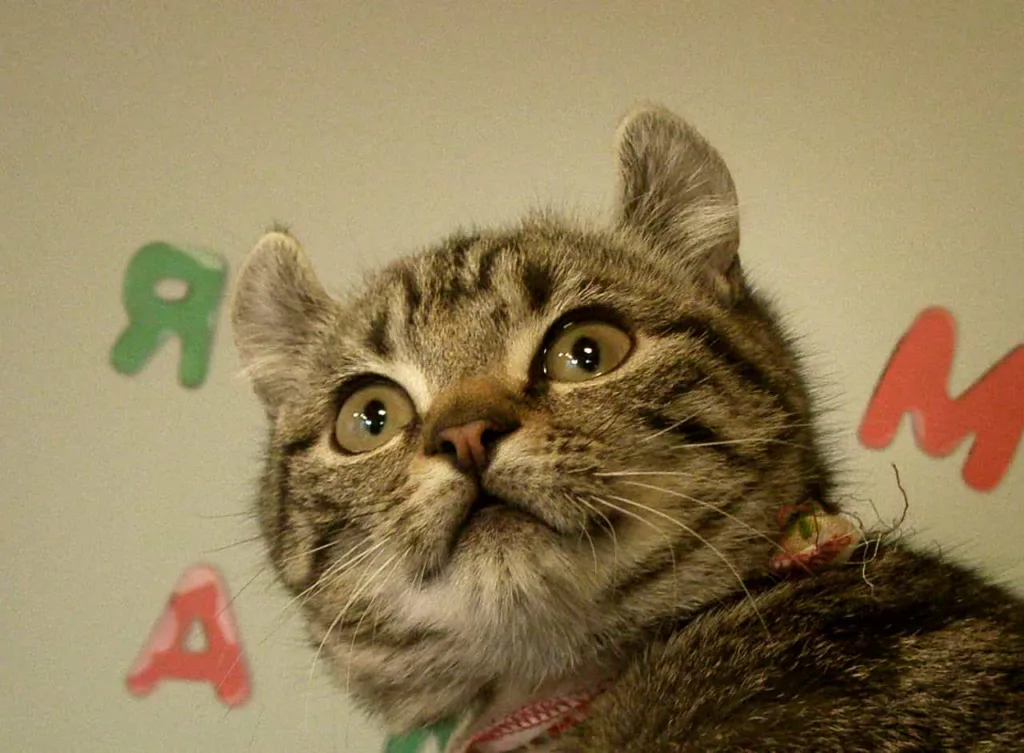

They’re brilliant. When you bring something new to your house, they will investigate it, learn new tricks, and even play fetch. After finishing playtime, they love to cuddle on their owner’s lap and give head bumps to them.
However, they don’t like to be left alone for long hours and suffer from separation anxiety. Otherwise, they’re charming, friendly, affectionate, adorable pets.
They don’t vocalize a lot and trill quietly. They’re very friendly with big children and other pets and love to play with them.
They never find a corner to hide and get away from all actions. The very smart kitties are always in the middle of everyone. The American curls always enjoy the human and another animal companion.
Caring, grooming, and exercise for American Curl cat
Well, as they come with both long and short hair, their coats need 2 types of brushing. During the warm months, the longhaired curls shed heavily. So, you need to brush their coats daily at that time. The Longhaired cats are prone to hairballs and Trichobezoars.
It’s very dangerous if the cats swallow the hairballs. So cut those regularly so that your cat can stay safe. The Shorthaired sheds more than the Longhaired year-round. So, they also need regular coat brushing to remove tangles, mats, or Debris.
You must take good care of their curly ears as they’re prone to infections, getting dirty, and mites. Check and clean their ears weekly, and if you notice that your cat is feeling pain and the ears have become Red, then call your vet immediately.
Regular dental hygiene is very important to avoid periodical diseases. So, aim to brush your kitty’s teeth several times per week. Daily brushing is ideal, but if you use plaque-removing treats which support a regular dental hygiene routine will be a moderated option.
Meanwhile, as your American Curl is very active, intelligent, and playful, they need plenty of toys, cat trees, puzzle games, and hide and seek to challenge their mental and physical ability. They love to play fetch play with toys and a piece of paper. They required some hours of attention and playtime. So, fix your family schedule like that before adopting them.
Food and nutrition to be fed to American curl cat breed
Like other breeds, American Curl has problems with obesity and Diabetes. So, you have to feed them a high-quality diet and in a proper amount according to their age and activity level. So, talk to your veterinarian to know the right amount.
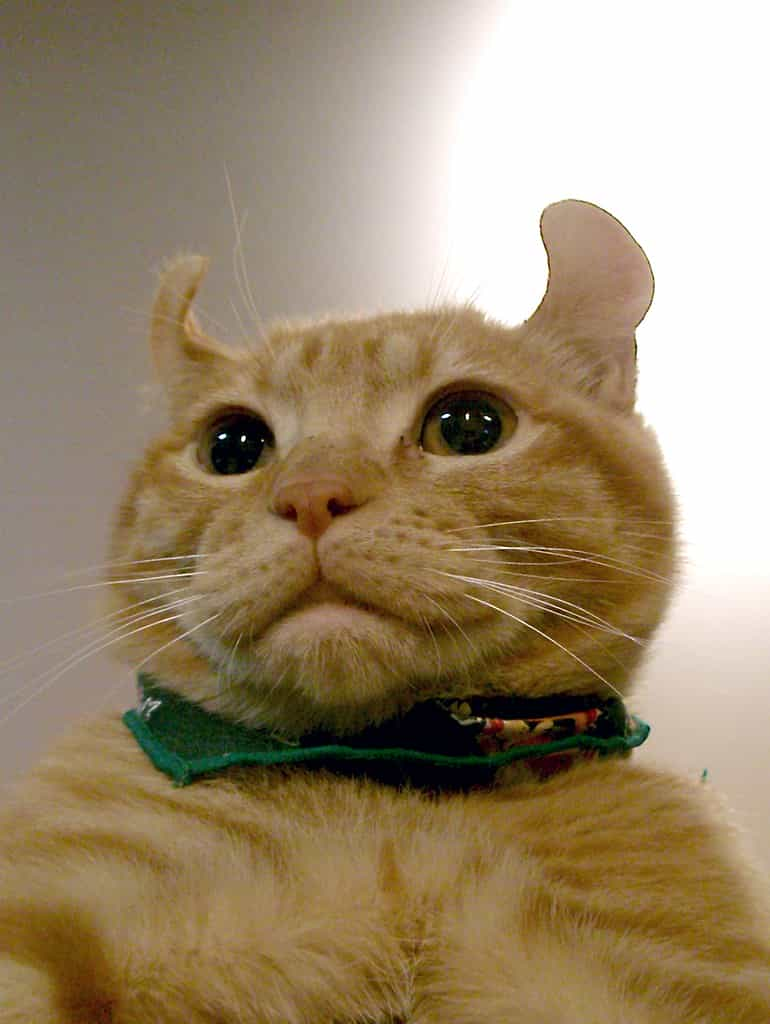

Usually, kittens need ⅘ times, and adults and old cats need 3 times feeding daily. You must feed your kitty with a high-quality and commercial feline diet.
Some facts to know about the breed- American Curl cat
- American Curls did not get their curly ears by birth. They were born with straight ears, but they become curly after ⅔ weeks of birth.
- They made history in the Cat Fancier’s Association (CFA). It was the first breed that had 2 coat lengths (long and short) but got the single champion class breed by CFA in 1999.
- They’re very good alarm clock cats and take the alarm clock very seriously.
- They love to headbutt.
- They’re the forever kittens like dogs. They retain their kittenish behavior throughout their life.
- They’re very adventurous if they get out.
- Very much suitable for first-time owners.
How to identify an American Curl cat?
There are 3 methods to identify American Curl cats:
Notice the cat’s build and coat:
- It’s medium size: male cats are up to 12 lbs, and females are 8 lbs.
- It has a rectangular structure.
- It has a silky coat and various types and colors in coats.
Its features:
- Notice their wedge-shaped head,
- Walnut-shaped eyes and eye colors.
- The most significant ears and tail.
Access their temperament:
- They’re very people-oriented.
- Playful
- Interactive with other animals
- Sweet and calm vocalizing
A sample DNA test to be very sure.
Reasons why you shouldn’t get an American curl cat
- They never grow up and always behave like a kitten. So, if you are a calm cat, then American Curls may not be the best for you.
- They want to be with you. If you and your family don’t have the time to give them, don’t adopt them.
- Their ears must be cleaned regularly, so if you don’t have time and energy for this, American curls are not for you.
- They like big families, unsuitable for lonely people or just 2 people.
- They’re very active.
- These guys are very picky- need a lavishing life.
- They don’t like change. So, adopt them at their kittenhood, so you have enough time to train them. If you have adopted an adult cat and thinking of a BF/GF/ spouse/ baby/ new pet, then it will be difficult for you.
American curl breed overview
The only cat breed that participated in the same cat show with longhair and shorthair coats. Their backed curly ears are the most significant trait of American curl cats.
The name came from this trait. This trait has given a whimsical look to the breed.
The cats are very intelligent, loyal, playful, curious, and friendly and love humans and other pet companies. They never like to be left alone and hide. They want to seek their beloved’s attention and spend time with them.
The breed comes with longhair and shorthair, and their fur can be any color or pattern. They’re medium-sized 12 inches in length, and 10 pounds in weight. They don’t like change. So, it’s the best way to adopt them in kittenhood so you have enough time to train and socialize them.
Choosing the right breeder for American Curl
If you are looking for an American Curl, then study about them on the internet, in books, and in magazines. For more information, visit the website of the Cat Fancier’s Association (CFA), Cats Center Stage, the Fancier’s Referral List, and The International Cat Association.
There are so many reputed breeders who follow ethics and rules, and they have their own websites. So, visit those websites and get the right kitty for you. The breeders don’t send s kitty until they become 16 weeks of age and their weight is at least 10 pounds.
Adopting an American Curl kitty from a Rescue or shelter
There are so many rescues or shelters that you can adopt kitties from there:
- Search the web: Petfinder.com, adopt-a-pet.com, animalshelter.org.
- Reach out to local experts.
- Contact breed rescues such as RescueMe, and Purebred Cat Breed Rescue.
- Key questions to ask the shelter or rescue about their- energy level, behavior, personality, age, litter box training, biting or scratching tendencies, health issues, etc.
- Take your American Curl to the vet to spot health issues and prevent them soon, immediately after adoption.
- Make sure that you have good contact with the seller, shelter, or rescue group so that both sides bear the responsibility for the pet.
American Curl Cat Health Issues
The American Curl, with its unique physical traits and genetics, can be prone to certain health issues. “American Curl health issues” often include concerns related to their distinctive ears, such as “American Curl ear health.” Owners need to be vigilant about ear infections and ensure regular check-ups. Another aspect of “American Curl cat care” involves monitoring for common feline diseases, particularly those prevalent in “Common diseases in American Curls.”
It’s crucial to maintain regular veterinary visits for early detection and treatment of potential health problems. “Grooming American Curl cats” plays a significant role in maintaining their overall health, as proper grooming can prevent skin issues and contribute to early identification of irregularities. Nutrition also forms a vital part of managing “American Curl cat health issues,” with a diet meeting the “Nutritional needs of American Curls” essential for maintaining their health. Preventive care, including vaccinations and parasite control, is integral to “Indoor care for American Curl” and should be a priority for every owner.
American Curl Cat Feeding Guide
Feeding an American Curl cat requires understanding their unique nutritional needs. The “American Curl cat feeding guide” should be based on factors like age, weight, activity level, and health status. “Feeding American Curl kittens” involves providing nutrient-rich food to support their growth, while adults may need a balanced diet that aligns with “Nutritional needs of American Curls.”
Choosing the right food is crucial, and owners should be aware of any “American Curl health issues” that can be influenced by diet. It’s advisable to consult with a veterinarian to tailor the diet to individual needs, especially for cats with specific health concerns. “American Curl cat care” also includes monitoring their food intake to prevent obesity, a common issue in indoor cats. Feeding schedules and portion control, as per the “American Curl cat feeding guide,” play a significant role in managing their weight and overall health.
American Curl Cat Lifespan
The lifespan of an American Curl cat can be quite long, with many living well into their teens. Understanding and managing “American Curl cat lifespan” involves comprehensive “American Curl cat care” that includes regular veterinary check-ups, proper nutrition, and adequate exercise. “Common diseases in American Curls” should be monitored to ensure any health issues are addressed promptly, extending their lifespan and improving their quality of life.
Part of caring for an American Curl includes understanding their genetic makeup, as “American Curl breeding standards” can impact their health and longevity. Regular “Grooming American Curl cats” not only keeps them looking their best but also serves as an opportunity to check for any health concerns. Providing a safe, stimulating environment is also crucial for their mental and physical well-being, which directly affects their lifespan.
American Curl Cat Socialization
Socializing an American Curl cat is key to their behavioral development. “American Curl Cat Socialization” involves exposing them to various stimuli and experiences to develop their confidence and adaptability. This process should start early, as outlined in “Training American Curl cats,” to ensure they grow up to be well-rounded and sociable pets.
“American Curl personality” traits include being affectionate and playful, making them excellent companions. However, each cat is unique, and “American Curl cat behavior” can vary. Socializing them helps in mitigating any potential behavioral issues and ensures they are comfortable around people and other animals. It’s also a part of “American Curl cat care,” contributing to their overall happiness and well-being.
American Curl Cat Maintenance
Maintaining an American Curl cat involves regular grooming, health checks, and attention to their specific needs. “American Curl cat maintenance” includes caring for their iconic curled ears, as “American Curl ear health” is a vital aspect of their overall well-being. Regular grooming, as per “American Curl grooming tips,” helps in maintaining their coat and preventing matting.
As part of “American Curl cat care,” it’s important to provide a balanced diet, regular exercise, and mental stimulation. “Training American Curl cats” can be enjoyable due to their intelligent and curious nature. Regular vet visits for health check-ups and vaccinations are also crucial to keep them healthy and detect any “American Curl health issues” early.
Conclusion
In conclusion, the American Curl cat is a unique and enchanting breed that brings joy and companionship to its owners. From their distinctive curled ears to their playful and affectionate nature, American Curls are delightful pets that require specific care and attention. Whether you are considering “American Curl cat adoption” or already share your home with one, understanding their needs, from “American Curl cat health issues” to “American Curl cat maintenance,” is essential. By providing them with the right care, attention, and love, you ensure a long, happy, and healthy life for your American Curl, making every moment spent with them a cherished memory.

